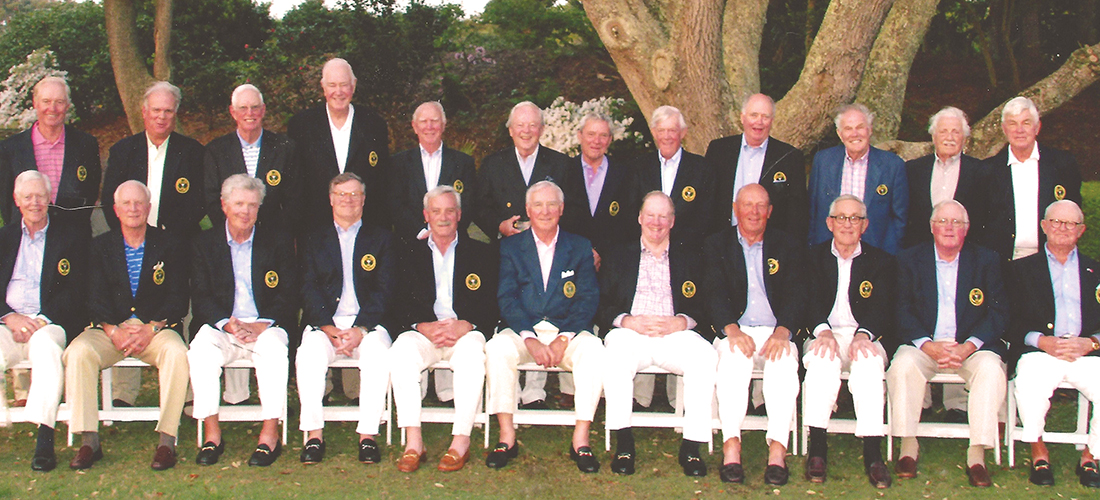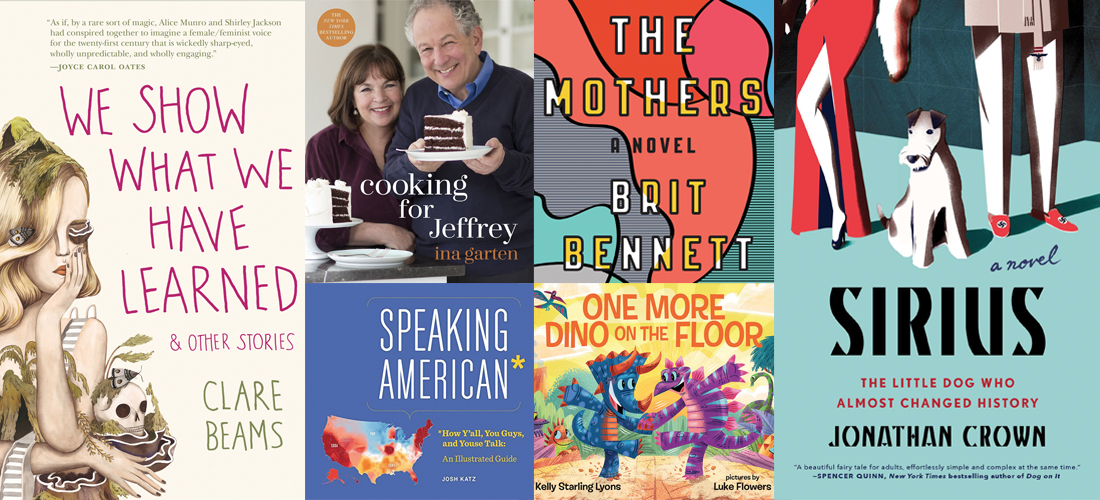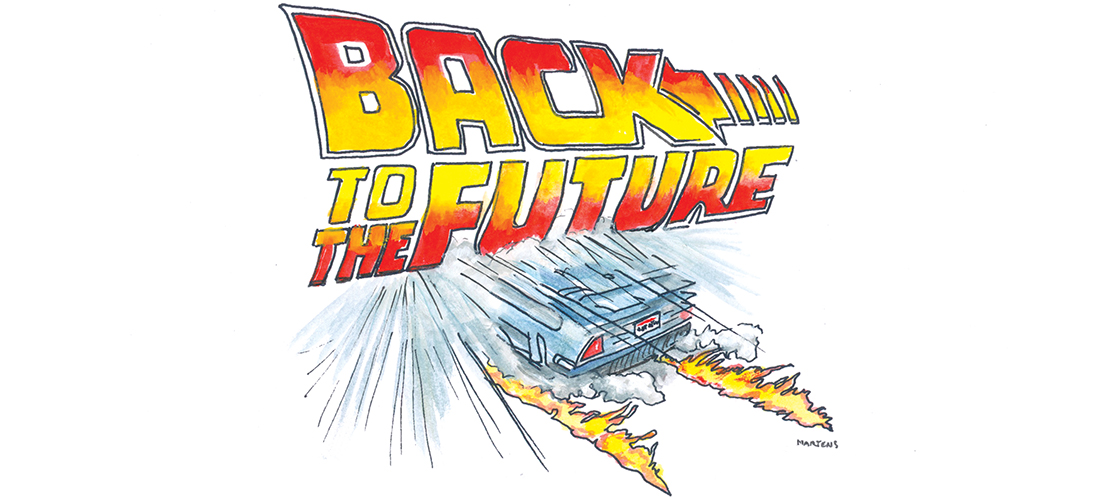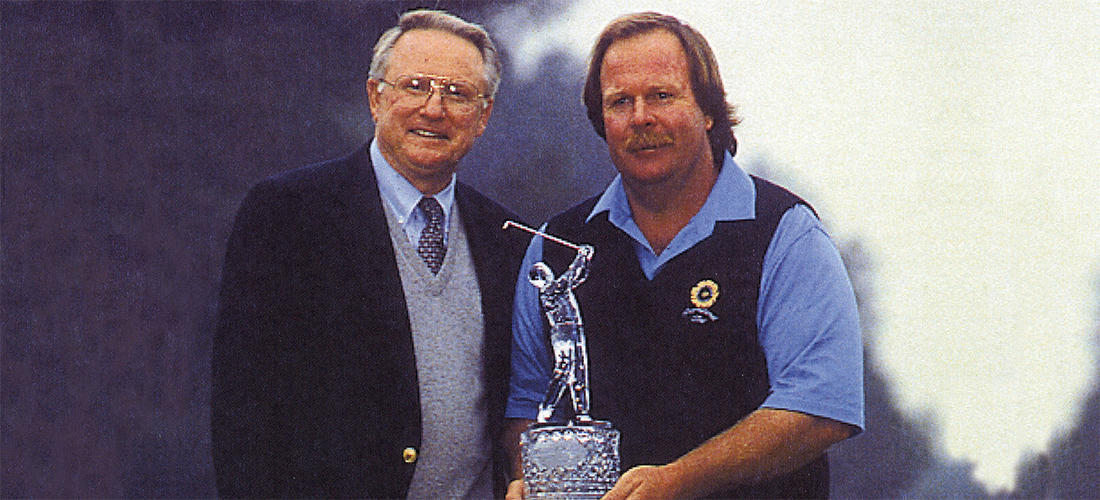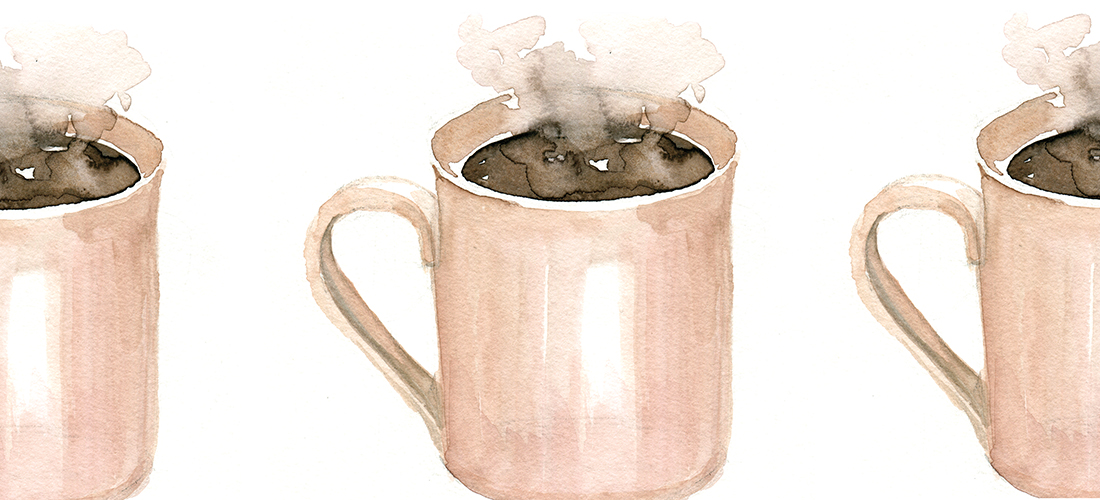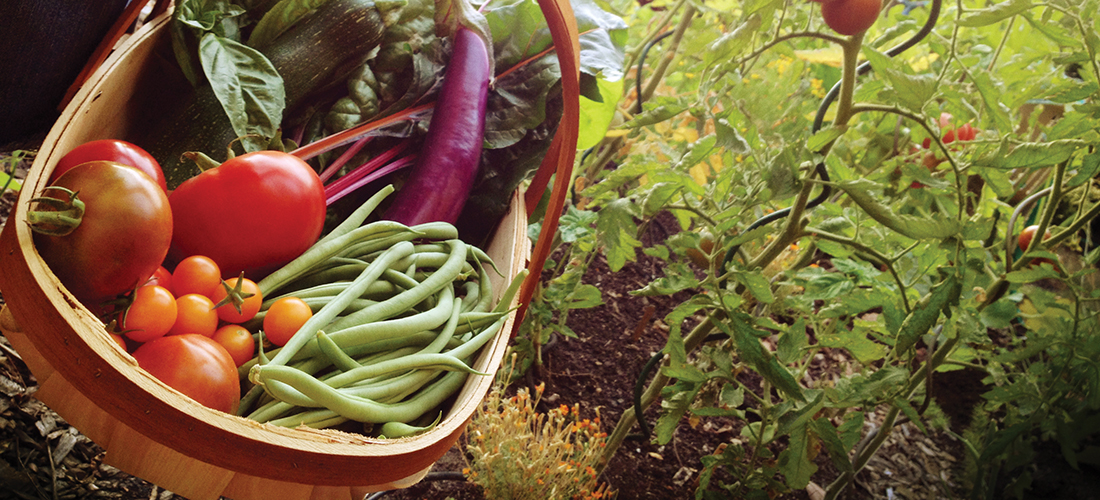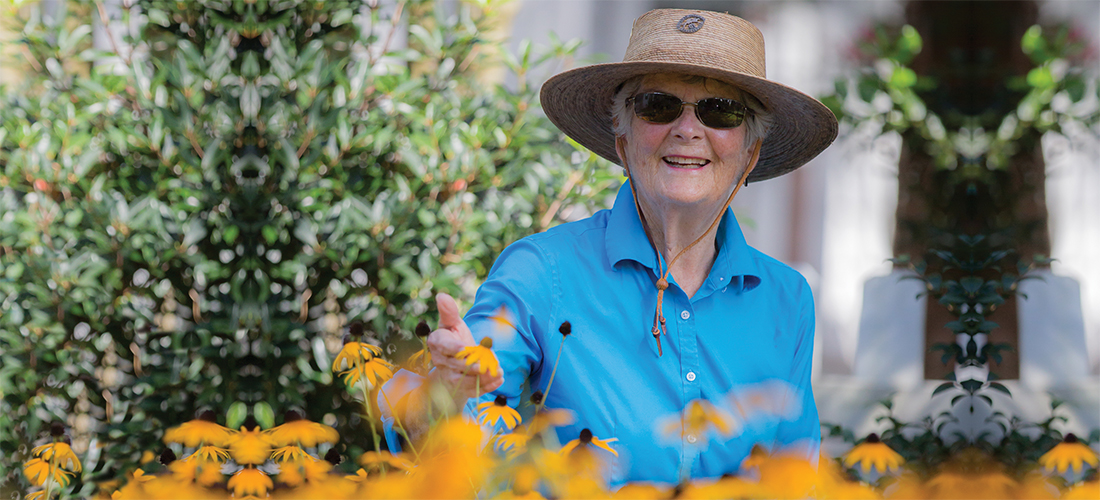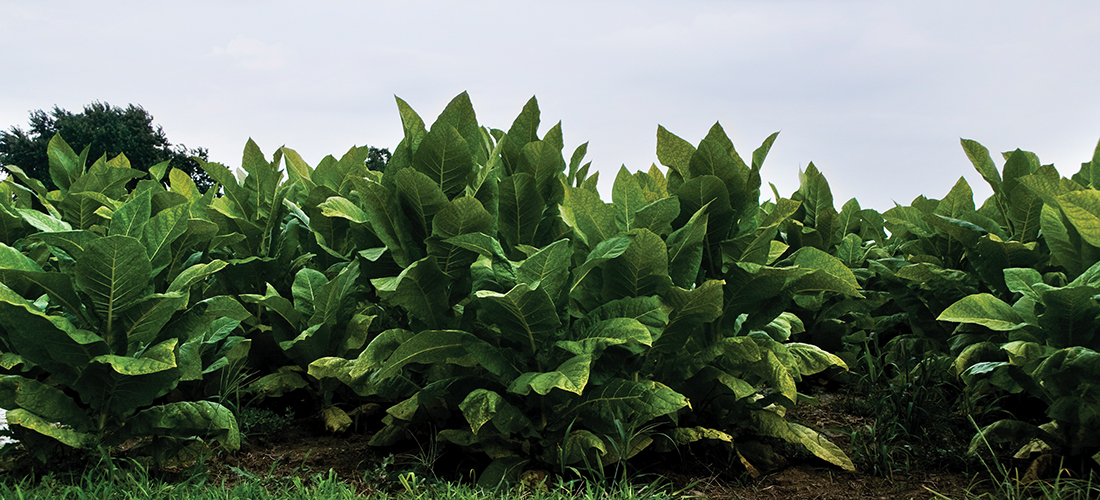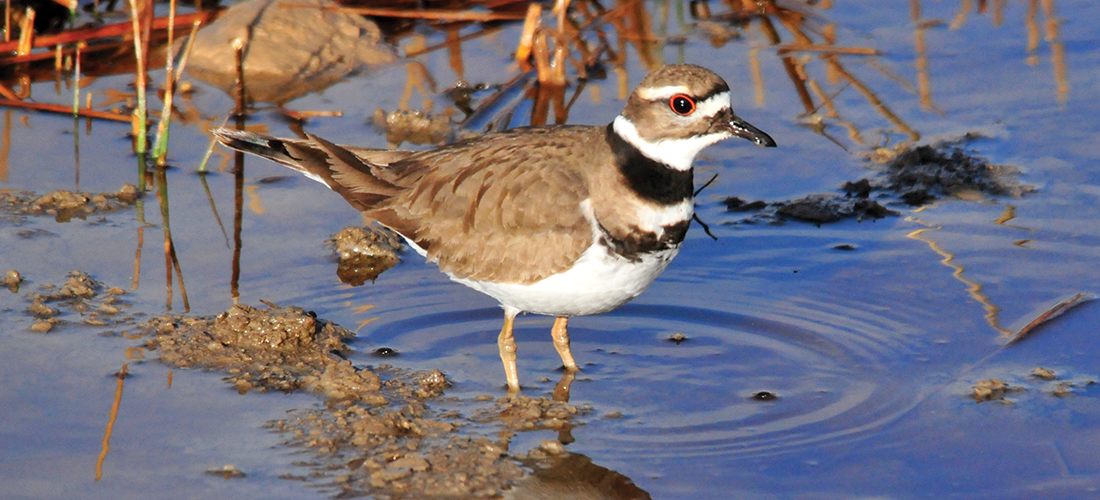The sacred golf buddy trip reaches 100
By Lee Pace
There’s nothing quite like the golf buddy trip: escape, golf, drinking, golf, gambling, golf, cigars, merciless razzing and needling, hangovers, golf and a special brand of childishness among grown men that few other venues can generate. Some guys are skilled players with deep pockets who play the British Open courses from the tips with a trip concierge. Others are 18-handicappers in cargo shorts who make a beeline from the 18th green to a Myrtle Beach honky-tonk.
In February 1967 a group of eight members at Hope Valley Country Club in Durham discovered that particular elixir of adventure and camaraderie that is the golf buddy trip. They ventured to Myrtle Beach when it was a sleepy town with three golf courses, enjoyed the occasion and decided to take another in the fall. Two more, spring and fall, followed in 1968. Ditto 1969, ad infinitum, and since the sixth trip, each has been a 54-hole weekend.
And so this October, this same group of men, certainly with some additions and subtractions over half a century, will travel to The Dunes Club for another 54-hole event — its 100th trip.
“This piece of paper goes back to the very beginning,” Russell Barringer Jr. is saying in his office at his Durham building supply company as he looks at a faded ledger pad. Across it are pencil notations with names, dates, hotels and golf courses dating back to that first trip when LBJ was president and the Super Bowl had just one Roman numeral.
“If you do the math, we’ve played 307 rounds of golf, with three of them on a special trip we made to Scotland in 1974. That’s 304 days of golf in Myrtle Beach, and we’ve missed eight days to weather. That’s remarkable — only eight of 304 rained out.”
He continues.
“Two hundred and twenty-five rounds have been at The Dunes Club.
“Forty-four men have been in our group. Eleven are dead. Three have resigned. Nine are inactive. That leaves 21 active Cruds left.”
Cruds? What’s a Crud?
Barringer relishes telling the story. The original eight golfers — all of them with handicaps of seven or less — enjoyed the trip so much they decided to expand the group and were talking the trip up to other Hope Valley members. The wife of one prospective member overheard a conversation and interjected: “Who’s going on this trip?”
The names were rattled off — all of them up-and-coming businessmen, doctors, lawyers and stockbrokers in their early 30s — and the woman sniffed, “My husband’s not going out of town with those cruds.”
“The name stuck. We’ve been the Cruds ever since,” Barringer says.
Barringer missed the first trip because he and his wife had a previously scheduled trip to Jamaica planned, but he was on the second trip and has not missed one since. The trip to the beach Oct. 13-16 will be his 99th consecutive, longest by a large margin over Bob Baker’s 80-some straight trips.
“Mr. Barringer’s been talking about number 100 for several years now,” says Dennis Nichol, director of golf at The Dunes Club. “That seemed to be his finish line. He’d say, ‘I’m hanging on for a hundred.’
“This is quite a remarkable group. I’ve known of groups coming to the beach for 20, 25 years, but nothing as long as this group. He runs a tight ship. Some groups are a cluster. They’re hung over, no one’s in charge, and sometimes they’re not even at the right golf course. Mr. Barringer is a stickler for the details, and his guys have such a good time and enjoy each other’s company.”
The Cruds did their share of barhopping in the early days, but no one ever got into serious trouble. One Crud was convinced he was beaten up in the bathroom on the back nine at The Dunes, when in truth he was so hungover his cleats tripped him entering the building and he took a nasty fall. And there was an over-served Crud who one year threw some furniture off the second floor balcony of the motel and resorted to putting the damage charge of $365 on his company credit card. That prompted one member to pen a poem by the next trip that opened:
Twas the second of October at Myrtle Beach shore;
The Cruds were assembled for a weekend galore.
Graciously received by the St. John’s Inn;
If only they’d known of the forthcoming din.
“There’s been a lot of teasing and razzing going back and forth,” Barringer says. “Guys will jump your ass over the smallest thing, but it’s never hateful or serious.”
Barringer assumed the role of secretary/treasurer from that fall trip in 1967 and since then has juggled raising three children, running his business and myriad other commitments with operating a taut Cruds ship. He spent 12 years in active Reserve, and eight others of the early Cruds had some military or service background, so it’s no surprise letters to the members might begin, “You will report to the Thunderbird Motel, 73rd Avenue North, no later than 2300 hours,” and “Officers” were appointed for such responsibilities as handicaps, Bloody Marys and even “regrets & remorses.”
The Cruds stayed mostly at the St. John’s Inn in the early days, sometimes at the Thunderbird, and the charge per man in 1968 was $14 per person per day, including room, breakfast and golf. Barringer joined The Dunes Club in 1974 and later bought a condominium and then a single-family home in the neighborhood, so now eight golfers each year can stay in his homes, and several other members have second homes at the beach as well. Most of their golf has been played at The Dunes, but in the early days they ventured out to courses like The Surf Club. Barringer says none of the Cruds have been heavy gamblers, so they put up $25 per man per day for various competitions.
The Saturday night dinner this October promises to be an emotional one. They’ll take a group photo on the 13th hole at The Dunes, each Crud wearing a navy blazer, off-white slacks and the matching shirts that Barringer has custom-ordered every five trips. The usual table will be set in the dining room for the 11 deceased members, with a photo of each golfer at his place setting, and after the invocation and Pledge of Allegiance, each fallen Crud will be recognized and toasted. It will pain Barringer to see two Cruds with medical attendants nearby, one having suffered a stroke and another needing dialysis four days a week.
“I’m going to make a prediction,” Barringer says. “This 100th trip will be the last by the Cruds as we know them. Four or five years ago, I proposed the idea that we think of turning the group over to our sons. I think the group will go in that direction after 100.
“We’ve really been bonded by golf. The Cruds have been such a part of my life, I don’t want to just let it go. That’s one of the reasons I want to perpetuate the group. I want my kids, now grown adults, to enjoy what I’ve had for so many years.”
Enjoy, indeed: the elegance of The Dunes Club and Robert Trent Jones’ 1948 masterpiece. The scent of the salty air off the Atlantic. A Bloody Mary at the turn. A crisp 7-iron and a good pal ready to giggle if you catch it the slightest bit fat. PS
Lee Pace’s first book on Pinehurst, Pinehurst Stories, was released just weeks before the 1991 Tour Championship.

